By Alan Daly
The 250th anniversary of the arrival of Cook is a difficult time for my people for several reasons. Most obviously, it draws up the past trauma of colonisation experienced by our ancestors, which of course, is still felt by my community today. It also puts us at the centre of the ever-growing decolonisation movement, where we are wedged between those wishing to honour our nation’s past and those seeking to remove colonial oppressors from places of honour. Despite these difficult circumstances, I am of the firm view that this is a rare opportunity for my people, the Dharawal people belonging to Coastal Sydney, to tell our story.
This opportunity to tell our story has a personal significance for me. My grandfather remembers being taught his language by his mother Kathleen Davison (nee Callaghan). However, after being heard teaching Dharawal by a non-Aboriginal neighbour the police were notified. Their immediate response was to threaten my great-grandmother with the removal of her children should this education continue. This is one of many examples of the voice of our people being silenced.
Uncle Leslie Davison (Alan’s grandfather) was a young child when his mother was threatened by the police for teaching her sons Dharawal
For too long we have looked on from the sidelines, while our story has been told by non-Indigenous people indoctrinated in colonial mythology and Indigenous people from other areas seeking to take advantage of the rapidly growing market for Indigenous culture. We need to tell our story, to both ensure that the story of Australia’s foundation is told in its entirety and, most importantly, share the richness and resilience of our culture which has survived in Coastal Sydney against all odds.
One such example of our rich culture is the Gamay Dancers. This is a group of young men descended from the original inhabitants of coastal Sydney who perform traditional dances handed down by generations before. The upcoming anniversary draws attention to one dance in particular. A dance which, with the use of white canvas suspended between sticks, describes the arrival of Cook. I believe the most striking aspect of this traditional dance to be that it demonstrates that, against popular belief, our culture did not die or begin to die once the British set foot on Australian soil. Rather it shows that our culture was and is continually developing and evolving as it has for thousands of years.
Another example of this evolution is the use of Dharawal language in my community today. Anyone who has spent any time around La Perouse will notice Aboriginal people from this area will use the word “walang” for money. Many people are perplexed by the concept of having a word in Aboriginal language for a colonial concept. However, the word “walang” is derived from the Dharawal word “walar” meaning head. Our old people, having seen the heads of monarchs on British currency, coined the new term in the early 1800s (no pun intended). I understand that the word for head is often stated to be “gubbarah”. However, this is yet another misinterpretation attributed to Dawes and those who rely on his word list, as “gubbarah” actually means skull. The fact that the word “walang” was created after colonisation in response to a changing world, and is still used in our community today, demonstrates the adaptiveness and resilience of our culture.
Gamay Dancers perform at Sydney Airport’s 100 Year Gala 2019
These examples of traditional dance and language are just two examples of the many ways traditional Aboriginal culture has evolved since the arrival of Cook. It also important to recognise that this is one of many significant events, such as ice ages and rising sea levels, which have shaped our culture over thousands of years as we adapted to the world around us. I hope that, after reading the Stories from the Shore series, you may come to realise that Aboriginal culture is not something that is frozen in time at the point British boots touched our soil, or something which can only be found in remote parts of Australia. It is a living, breathing and evolving thing, and, if you look hard enough, you might find it alive and well in your own backyard.
Note to reader. The term ‘Dharawal’ is used to describe a language, people or tribe and plant. Over time it has been documented as Turuwul, Thurruwul, Thirroul, Tharawal and Dharawal. It was described in the 1860’s as “the language of the now extinct tribe of Port Jackson and Botany Bay (from John Malone, a half-caste, whose mother was of that tribe)” Dharawal was the first known language name identified in the greater Sydney area. It is also the name of the native plant commonly known as the cabbage tree palm and is the overarching spirit ancestor or totem for all Aboriginal people and clan groups who belong to and speak Dharawal. It is always taught that our language and country go together and the people speaking it belong to that country.


